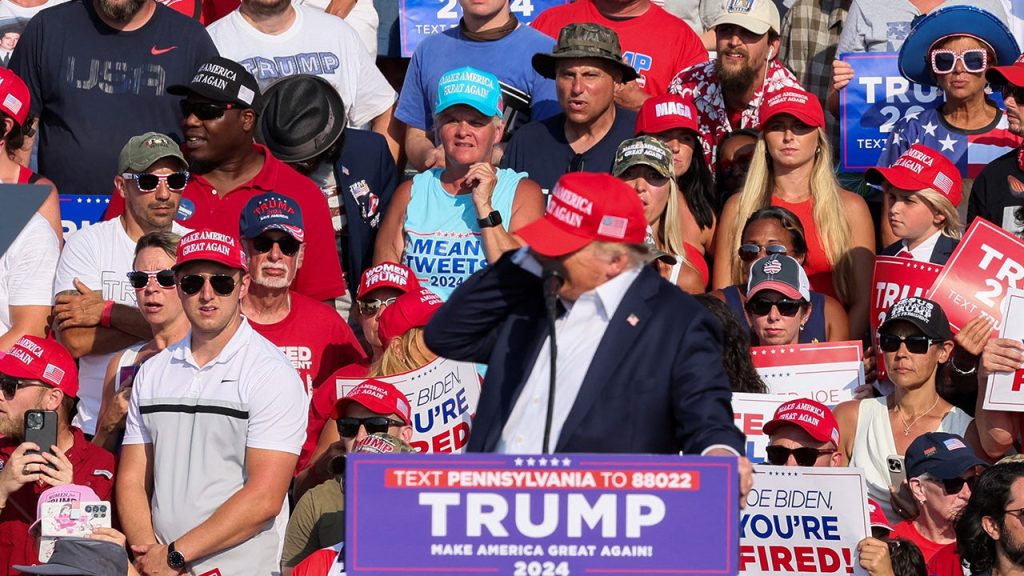A police officer on a local tactical team assigned to former President Trump’s rally in Butler, Pennsylvania, revealed that there was no contact between their SWAT team and the U.S. Secret Service before Trump was shot. This lack of communication was cited as a critical failure in planning that led to the shooting incident. The Beaver County team’s lead sharpshooter, Jason Woods, mentioned that they were supposed to receive a face-to-face briefing with the Secret Service members upon their arrival, which never happened. Following the shooting, Secret Service Director Kimberly Cheatle resigned, and various law enforcement and congressional investigations were initiated.
Woods and his team were in position hours before Trump took the stage at the Butler Farm Show, but they only had their first communication with the Secret Service after the shooting had occurred. This delayed communication hindered their ability to prevent the tragedy. Despite one of the Beaver County snipers taking pictures of the suspicious individual, Thomas Matthew Crooks, and alerting command about his presence, Crooks was still able to position himself on the roof of the building, where he carried out the attack. Trump’s Secret Service detail and advisers questioned why they were not informed about the suspicious person spotted by local police, a failure that may have prevented them from taking appropriate action.
Members of Trump’s Secret Service detail and advisers mentioned that they mistook the sounds of gunshots as fireworks during the rally, further complicating the situation. Trump himself expressed frustration that the alert regarding the suspicious person was not passed on, which could have led to a delay in his speech to ensure safety. Beaver County Chief Detective Patrick Young, who oversees the Emergency Services Unit and SWAT team, defended their actions that day, stating that they did everything humanly possible. He emphasized the importance of working together as a team in such critical situations.
In the aftermath of the attempted assassination, questions were raised regarding the security and communication protocols in place during the event. The lack of coordination between the various law enforcement agencies involved, including the Secret Service and local tactical teams, was highlighted as a major flaw. The resignation of the Secret Service Director and the initiation of multiple investigations reflected the seriousness of the incident and the need for accountability. Trump’s advisers also expressed confusion and frustration over the failure to pass on vital information about the suspicious individual, underscoring the need for improved communication and collaboration in similar future events.
Moving forward, it is essential for law enforcement agencies at all levels to conduct thorough reviews of their security protocols and communication processes to prevent such incidents from occurring again. The lessons learned from the assassination attempt in Butler, Pennsylvania, should serve as a wake-up call for all agencies involved in protecting public figures and maintaining law and order during large-scale events. By identifying and addressing the gaps in communication and coordination, authorities can better ensure the safety and security of individuals at high-profile gatherings. The incident also underscores the need for continuous training and preparedness among law enforcement personnel to effectively respond to evolving threats and emergencies.


